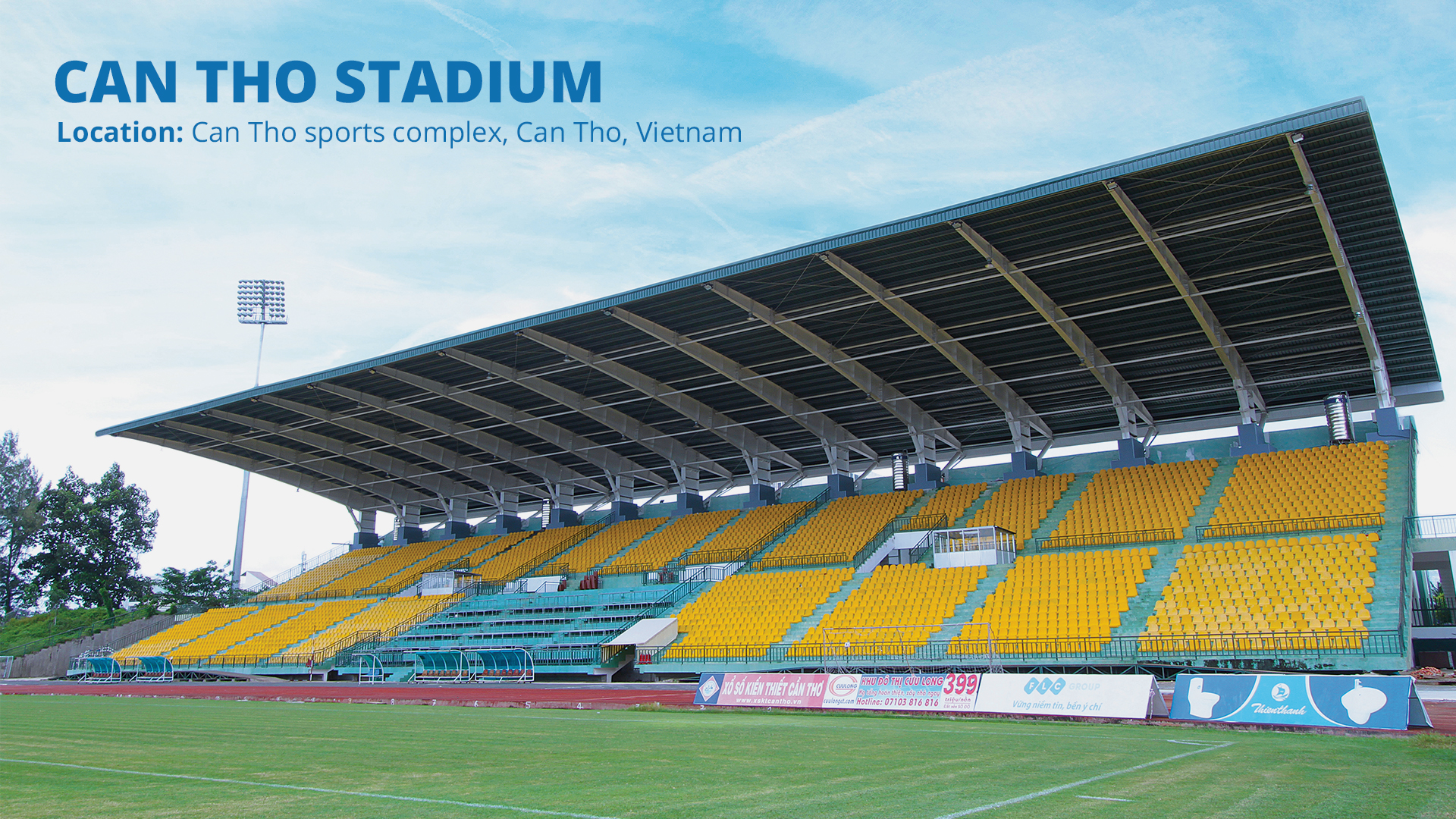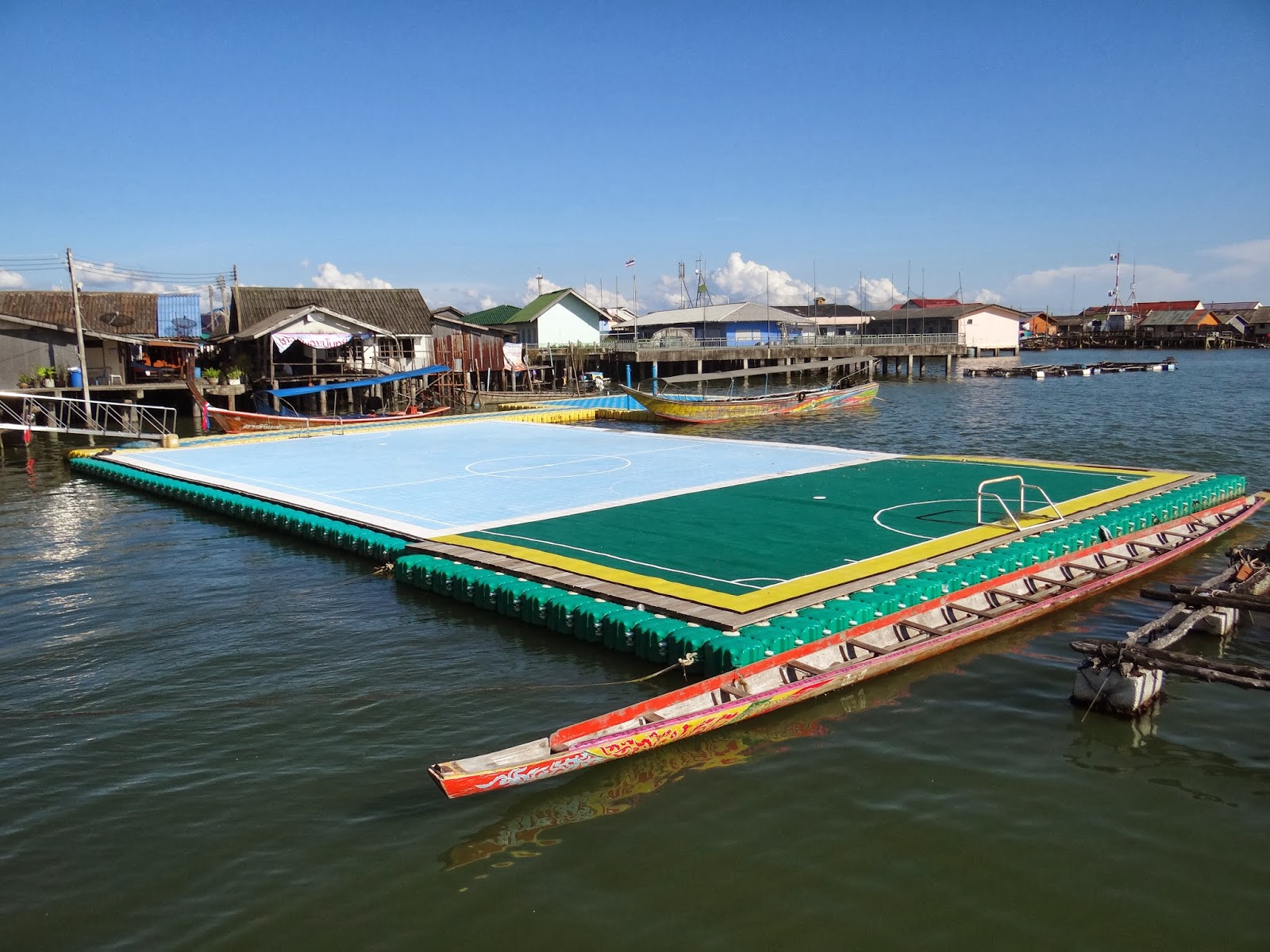For this round, let's have a look at some of the region's more unusual venues ... that could 'potentially' host a match.
Here are the top five of most unique, crazy football stadiums available in the region, according to FourFourTwo, a football magazine published by Haymarket Media Group:
HANG JEBAT STADIUM (MALAYSIA)

More recently known as the adopted home of the Syrian national team, Melaka United’s Hang Jebat Stadium is one of the more eclectic throughout Southeast Asia.
With a fan group whose colour and passion is only matched in Malaysia by Johor Darul Ta’zim, the first thing that makes the stadium stand out is its vibrancy in the build-up to match day.
Right across the stadium, on walls all over the venue and even in the player’s race, almost every surface has been covered in green and white with a series of giant murals depicting heroes of the club past and present.
The work – a total of 19 separate murals – was done by no fewer than 96 university students and remarkably took just over a week to achieve and sets the venue apart as the only one in Malaysia – and likely Southeast Asia – to have such a dynamic and vivid backdrop, rather than the usual drab concrete walls that provide far less inspiration than the Hang Jebat.

THE FLOAT AT MARINA BAY (SINGAPORE)

With the stunning Singapore cityscape as its backdrop, the Float at the Marina Bay sits snugly on the lapping waters of the Marina Bay reservoir.
A temporary replacement for Singapore's old National Stadium while it was closed, the Float was built in 2007 and is touted as the largest floating pitch in the world.
The structure, which is being renamed NS Square in honour of the country's National Service, is made completely out of steel and can bear the weight of 9,000 people - way more than the usual 22 men chasing a ball.
CAN THO STADIUM (VIETNAM)

Located in the south of Vietnam and home to struggling V.League outfit Can Tho, the stadium has, as do many others throughout the region, a running track going around the perimeter of the pitch. But it’s what’s outside of that which really sets the venue apart.
A four-lane motorbike track that is the venue for frequent local races is certainly more than an oddity, it’s downright unusual, and even more so as the bike races often take place at the same time a football match is underway. That surely provides some kind of serious workplace safety issue for both sports.
ASYMMETRICAL PITCHES (THAILAND)

Constructed in the densely-populated Bangkok suburb of Khlong Toei, an area originally thought to have little-to-no space for recreation, each pitch was originally an area covered in garbage before being creatively re-purposed for budding footballers and enthusiasts alike.
The four pitches, which scream Tetris, include one that is L-shaped and another that is zig-zagged. The playing surface has been painted in a striking shade of brick-red, with contrasting grey lines as the marked boundaries, all squeezed into a hodgepodge of surrounding buildings.
FLOATING PITCH (THAILAND)


Surrounded by vast limestone cliffs in the distance, the sleepy island of Ko Panyee in Thailand is not where one would expect to find a thriving local football scene.
The inhabitant’s love for football meant they would play on a nearby sand cove whenever it was low tide. But that wasn't enough and they then built a rickety pitch decades ago, home of the local team Panyee Football Club. However, the nails sticking out from the structure would often cause injuries to players booting a ball around.
But an advertising campaign by a Thai bank in 2010 changed all that, raising awareness of the football-mad community and, with the help of the local authorities, the villagers found the cash to build a new floating pitch.
The football pitch now draws tourists to the once-quiet village and has also become a source of revenue.
Written by Scott McIntyre and Matthew Mohan
Source : FourFourTwo


















